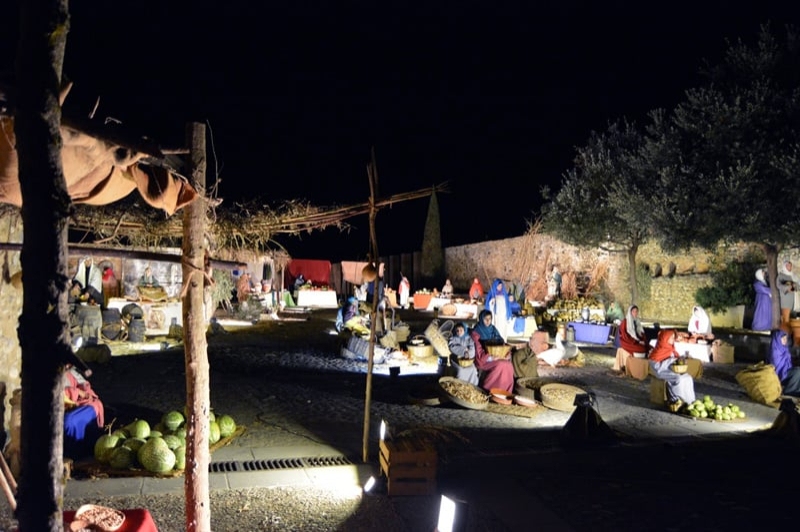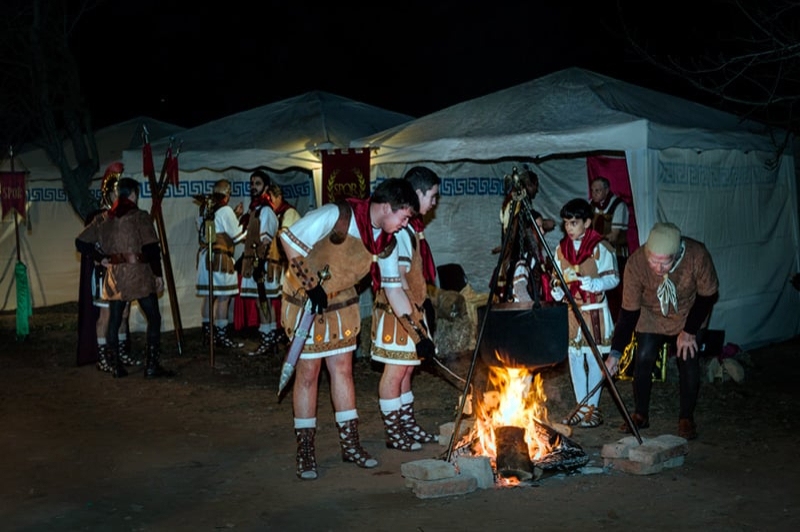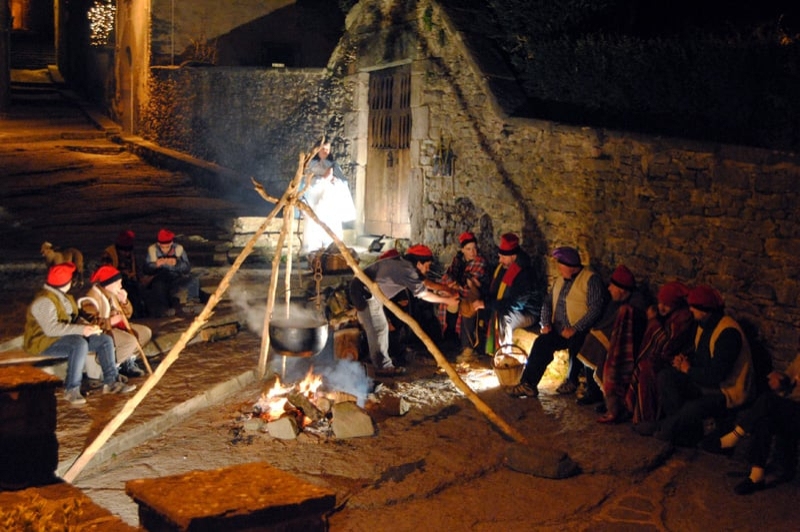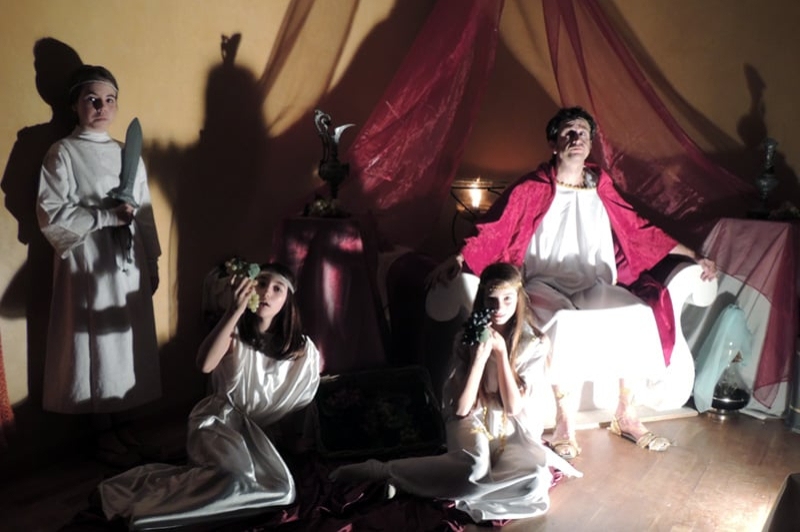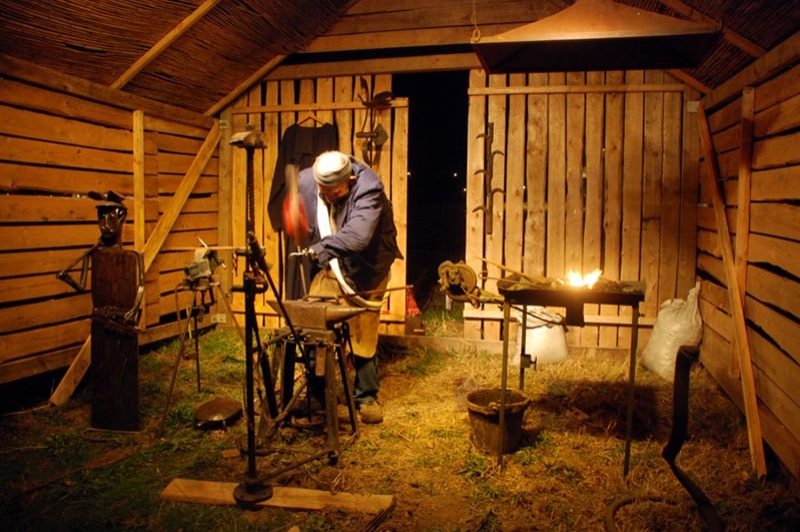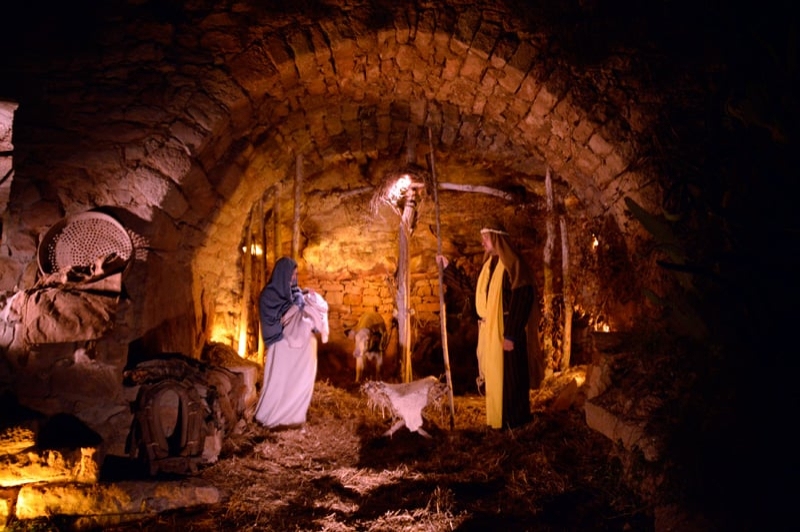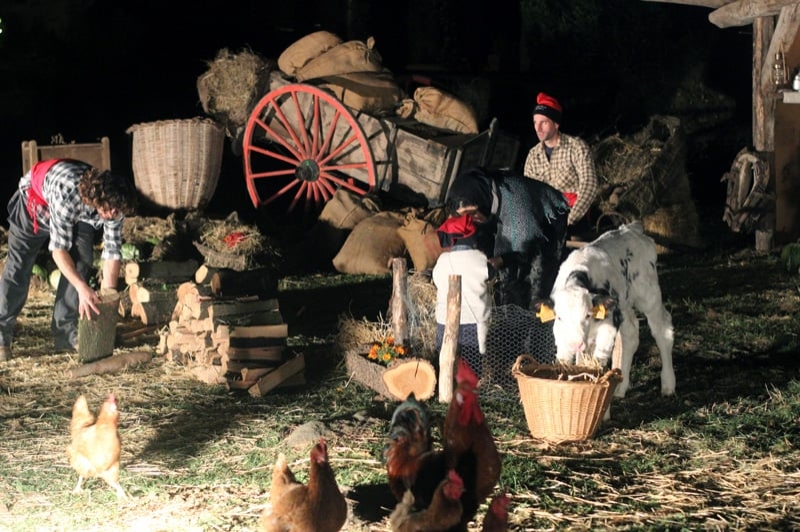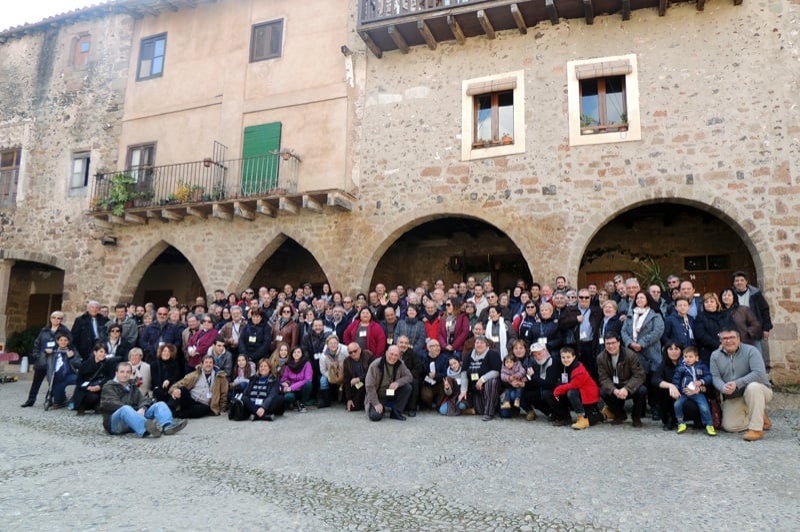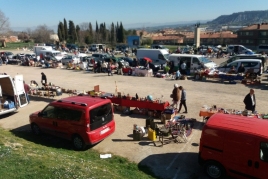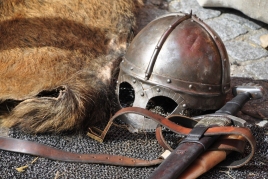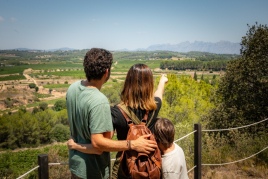Federació Pessebres Vivents de Catalunya Tona
The Federation of Living Nativity Scenes of Catalonia is a non-profit cultural association, formed by the voluntary integration of any entity that organizes a living nativity scene. Being part of this entity means placing small towns with natural and medieval environments on the Catalan cultural map, revitalizing the economy of the area and opening them to the public.
The Federation of Living Nativity Scenes of Catalonia, established in 2018, aims to coordinate and promote the performances and carries out activities aimed at promoting knowledge of living nativity scenes and/or the relationship between them. The Federation continues the work started in 1991 by the Coordinating Association of Living Nativity Scenes of Catalonia.
Currently the association is made up of different cribs, which are: Bàscara, Bigues y Riells, Breda, Brunyola, Calonge, Cànoves, Canyelles, Castell d'Aro, Celrà, Curró d'Avall, Els Prats de Rei, Fontcoberta, Jesús, Joanetes, La Pobla de Lillet, La Pobla de Montornés, La Torreta, Las Gunyoles de Avinyonet, Las Torre s de Fals, L'Espluga de Francolí, Linyola, Maçanet de la Selva, Manresa – Long Bridge, Martorelles, Masía de Castelló, Món Sant Benet, Navata, Pals, Peralada, Peramola, Polinyà, Premià de Dalt, Prullans de Cerdanya, Salou, San Feliu de Llobregat, San Feliu del Racó, San Fost de Campsentelles, San Guim de la Plana, San Jaume dels Domenys, San Martín de Llémena, San Martí Vell, San Pere de Ribes, San Quintí de Mediona, Santa Maria d'Oló, Santa Pau, Tona, Villa de Rupit, Viladecans, Vila-Sacra and Vilavenut.
Some with representations as old as that of the Castell d'Aro Association, which began its living nativity scene in 1959 - becoming the oldest living nativity scene in Catalonia - and that of Sant Fost de Campsentelles, in 1967.
In the vast majority of towns, live nativity scenes are a set of scenes ranging from the most limited of three scenes to the most complex, which can have up to 30 scenes related to the life of the town where Jesus was born, with biblical, historical and everyday scenes. All of this is accompanied by a large number of volunteers, mostly local residents, surrounded by background music and dialogue, although some of it is static.
Most of the performances take place outdoors, in natural spaces of architectural and heritage interest. Thus, we can find them in medieval neighbourhoods and castles, in palaces, under the arches of an aqueduct that is hundreds of years old or in natural settings, which helps to recreate the living nativity scenes with an even more realistic setting and making them a real attraction for visitors.

